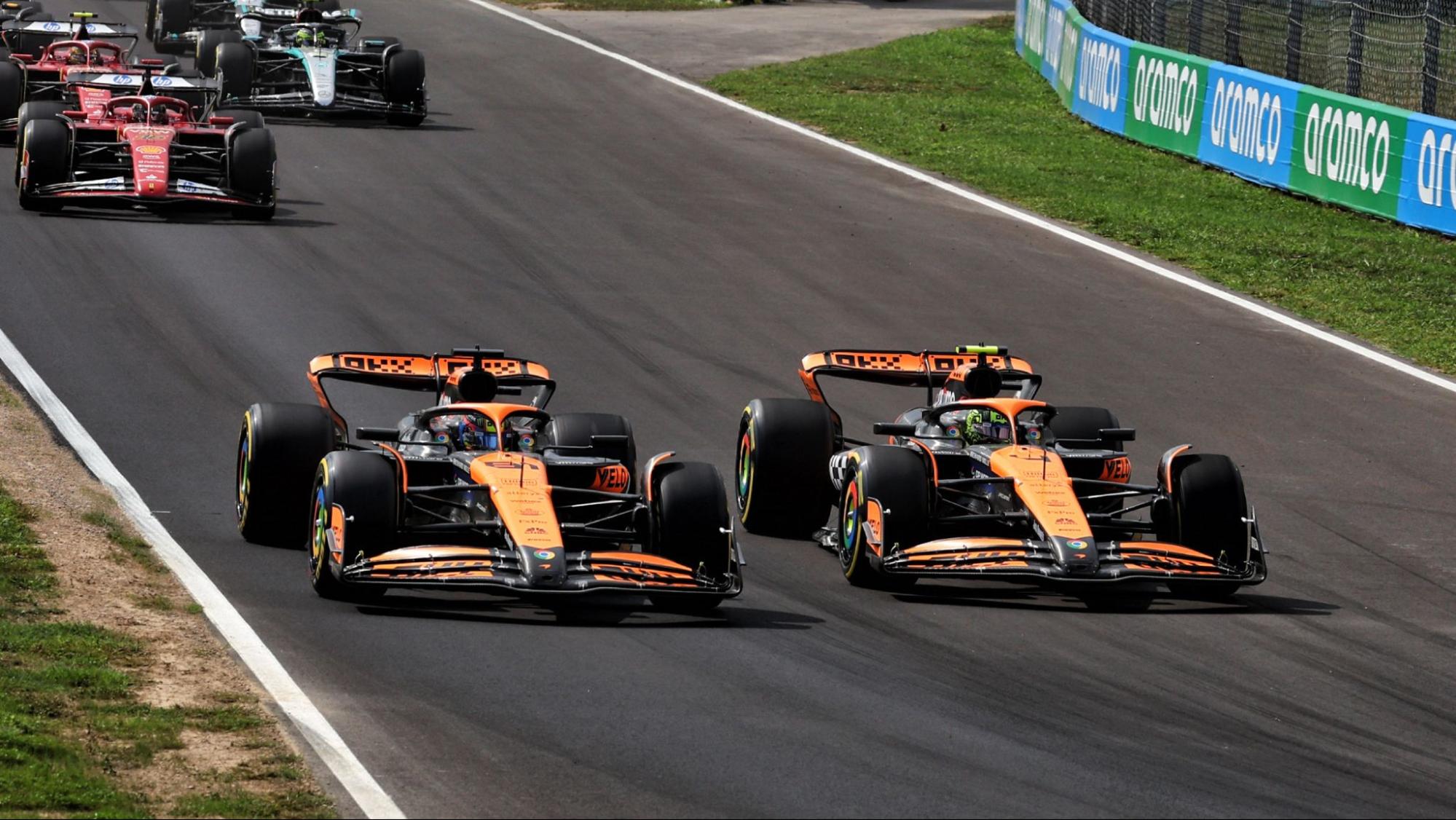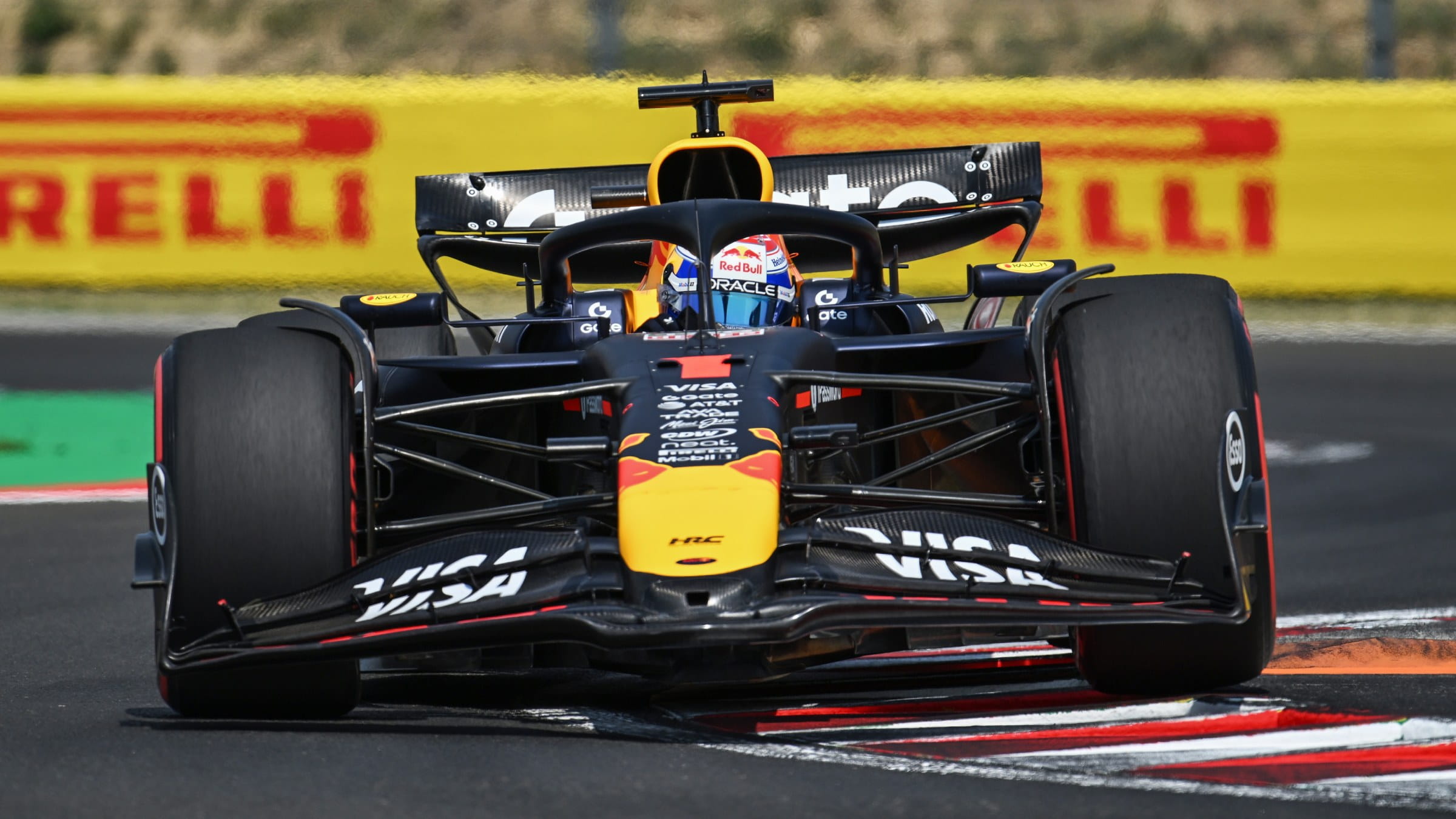Car
How Red Bull turned its biggest weakness into a strength
by Rosario Giuliana
5min read
.jpg?cx=0.5&cy=0.5)
Max Verstappen secured his second successive victory at Formula 1’s 2025 Azerbaijan Grand Prix in a dominant style that was reminiscent of Red Bull’s glory days - but what’s helped the team make this great leap forward?
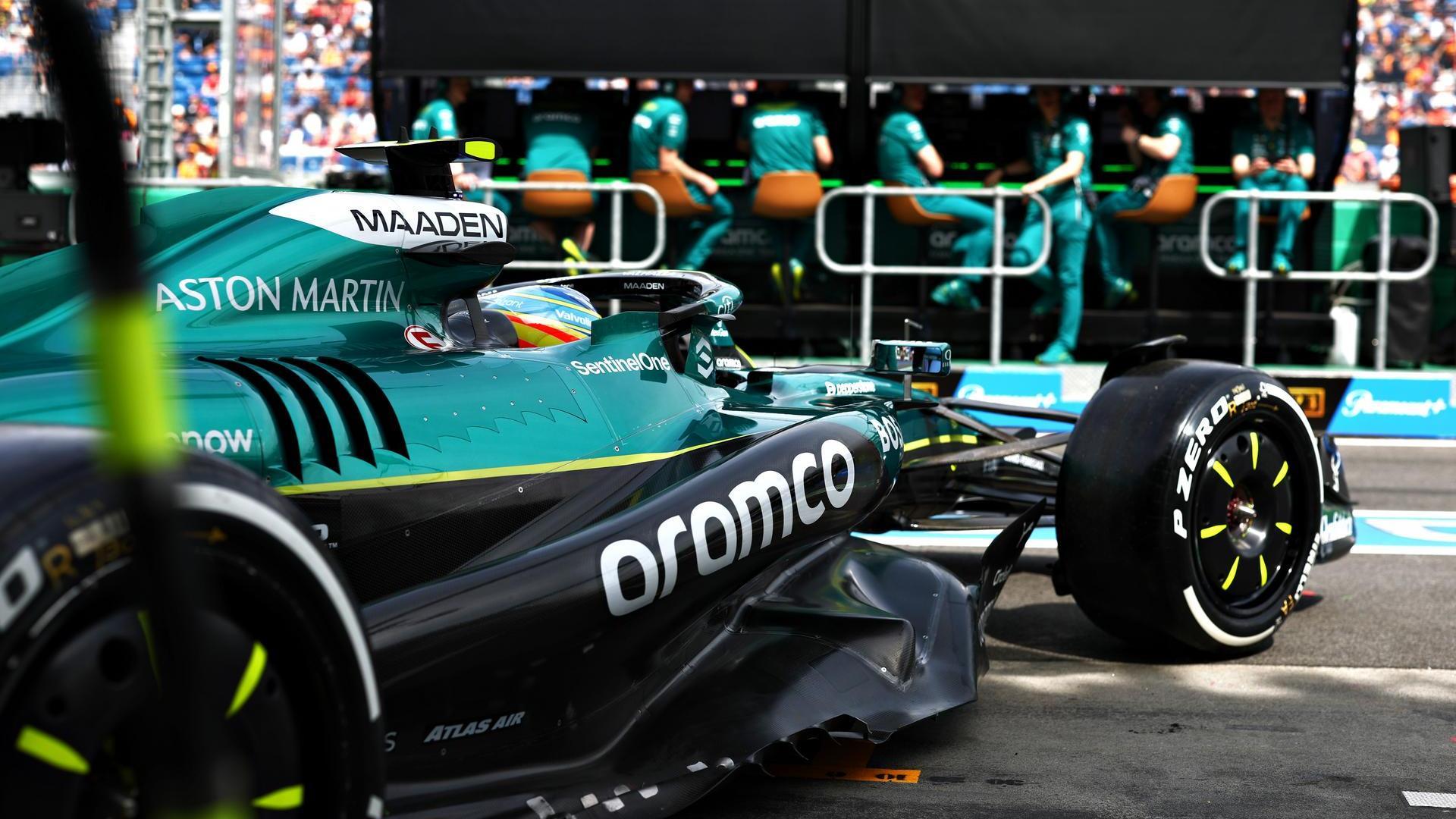
Sign up for a newsletter and we'll make sure you're fully up-to-date in the world of race technology
Max Verstappen secured his second successive victory at Formula 1’s 2025 Azerbaijan Grand Prix in a dominant style that was reminiscent of Red Bull’s glory days - but what’s helped the team make this great leap forward?
It’s partly explained by the fact that Red Bull has managed to turn what in past seasons had looked like its Achilles’ heel - performance on low-downforce circuits like Monza and Baku - into a strength.
After the show of force at Monza and on the streets of Baku, it has now confirmed that the RB21 has returned to a level of efficiency and competitiveness capable of frightening title leader McLaren.
The invisible work at Milton Keynes
Behind this return to the top lies the quiet but meticulous work of the Red Bull technical department led by Pierre Wache.
At Monza, Red Bull had introduced a revised floor, reportedly one with only micro-adjustments validated through CFD simulations. These were minor details, almost invisible to the eye, yet enough to restore balance to a car that had previously struggled in slow corners.
.jpg?cx=0.5&cy=0.5)
A highlighted comparison showing the changes between the old Red Bull floor and the one introduced by the team at Monza
The results were immediate: reduced understeer, greater agility in tighter sections, and the stability Verstappen needed to push to the limit with full confidence in the car’s front end.
In Baku, while there was an element of Verstappen nailing a tricky qualifying session while his rivals faltered, this improvement translated into complete domination - a result far from guaranteed for Red Bull on this type of circuit.
The new floor specification was also fitted to Yuki Tsunoda’s RB21, and it is no coincidence that the Japanese driver enjoyed one of his best weekends since joining the Milton Keynes squad.
The Baku weekend was characterised by variable conditions. Light showers between sessions frequently left the track ‘green’, with little rubber laid down. This proved problematic for several teams, particularly those who gambled on extremely low-downforce setups to maximise speed on the two-kilometre straight.
It was a delicate compromise: impressive top speed at the end of the straight, but difficulties in the slow corners and trouble generating tyre temperature.
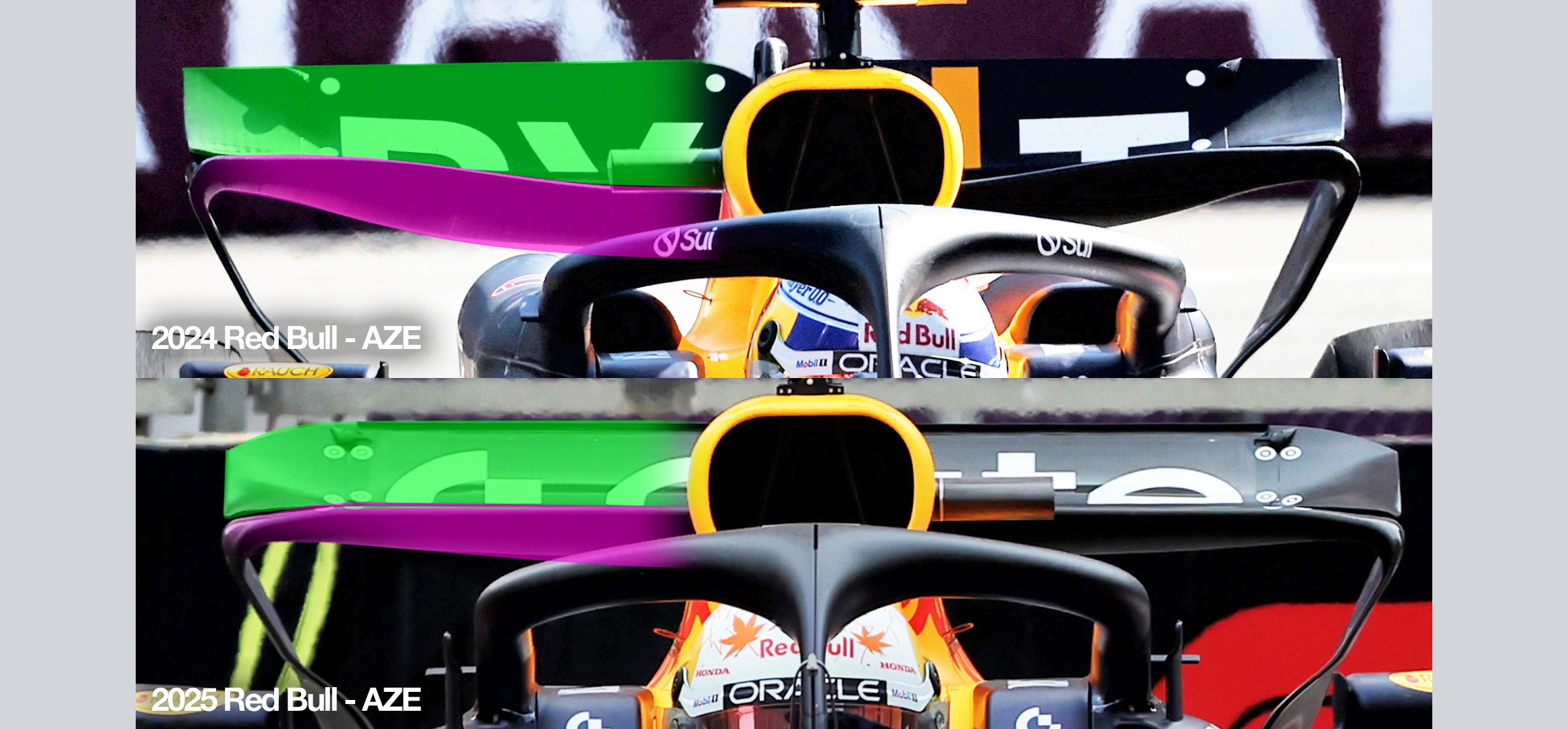
The rear lower downforce rear wings used by Red Bull at Baku in 2024 and 2025
Red Bull, by contrast, once again proved a formidable opponent for McLaren on low-degradation tracks - nullifying one of the McLaren’s key strengths as McLaren’s team boss Andrea Stella noted during the weekend.
Red Bull’s strategic choice to start on the hard tyre compound also paid off, further proof of the team’s flawless reading of the weekend.
On a circuit as tricky as Baku, Verstappen was able to dictate the pace without fear of losing efficiency over long stints. His race pace was relentless: lap after lap, the reigning world champion built a gap that no one could close.
McLaren’s toughest weekend of the year
While Red Bull celebrated, McLaren endured a nightmare weekend - undoubtedly its toughest of 2025. The MCL39, widely regarded as the best car of the season so far, failed to deliver either raw speed or consistency.
Lando Norris and Oscar Piastri struggled throughout, and a less-than-perfect execution of the weekend by both drivers made the Azerbaijan GP appear even worse than the car’s actual potential.
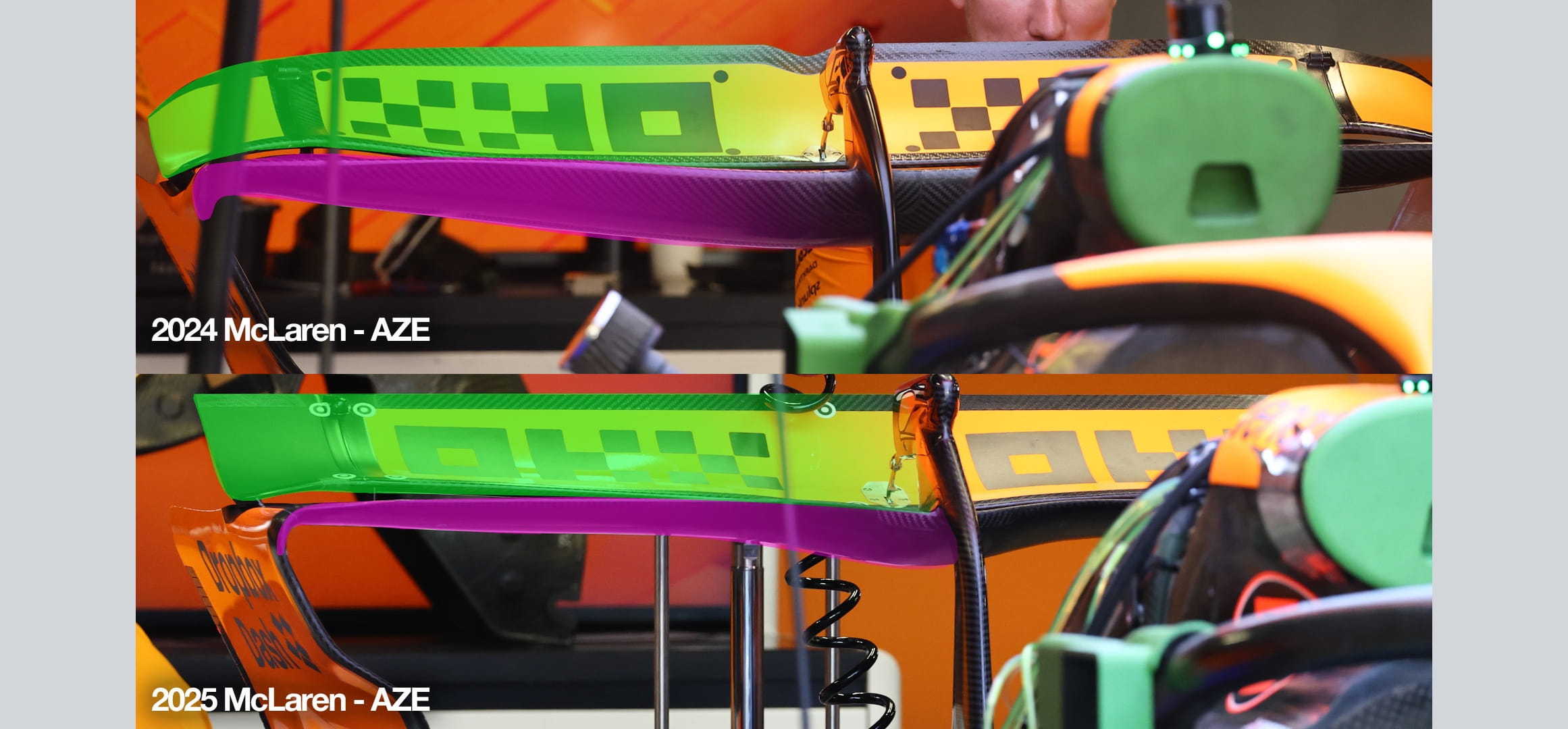
McLaren’s much lower downforce rear wing, compared with last year’s wing in Baku
The decision to run with very low downforce in pursuit of straight-line speed ultimately backfired. The lack of rubber on track exposed the orange car’s weaknesses, preventing it from regaining balance and undermining one of the MCL39’s usual strengths.
Is the RB21's rebirth complete?
What stood out more than the win itself was Red Bull’s overall solidity. The RB21 suffered no understeer, adapted quickly to the changing track conditions, and showed that when tyre management is not an issue, outright speed is there.
Add the aforementioned “Verstappen factor” to the equation, and Red Bull suddenly looks dangerous again. In just two races, Verstappen has regained that sense of total control that had been missing for months.
All eyes now turn to Singapore in two weeks’ time. Like Baku, the Marina Bay street circuit is full of 90-degree corners, but unlike Azerbaijan, it demands maximum downforce levels. The outcome there will be a crucial test.
The signal to the championship is clear: if the RB21 can win on tracks that have historically been unfavourable - like Singapore - then the technical strength of Red Bull could give McLaren and its drivers a real headache going into the closing stages of the season.
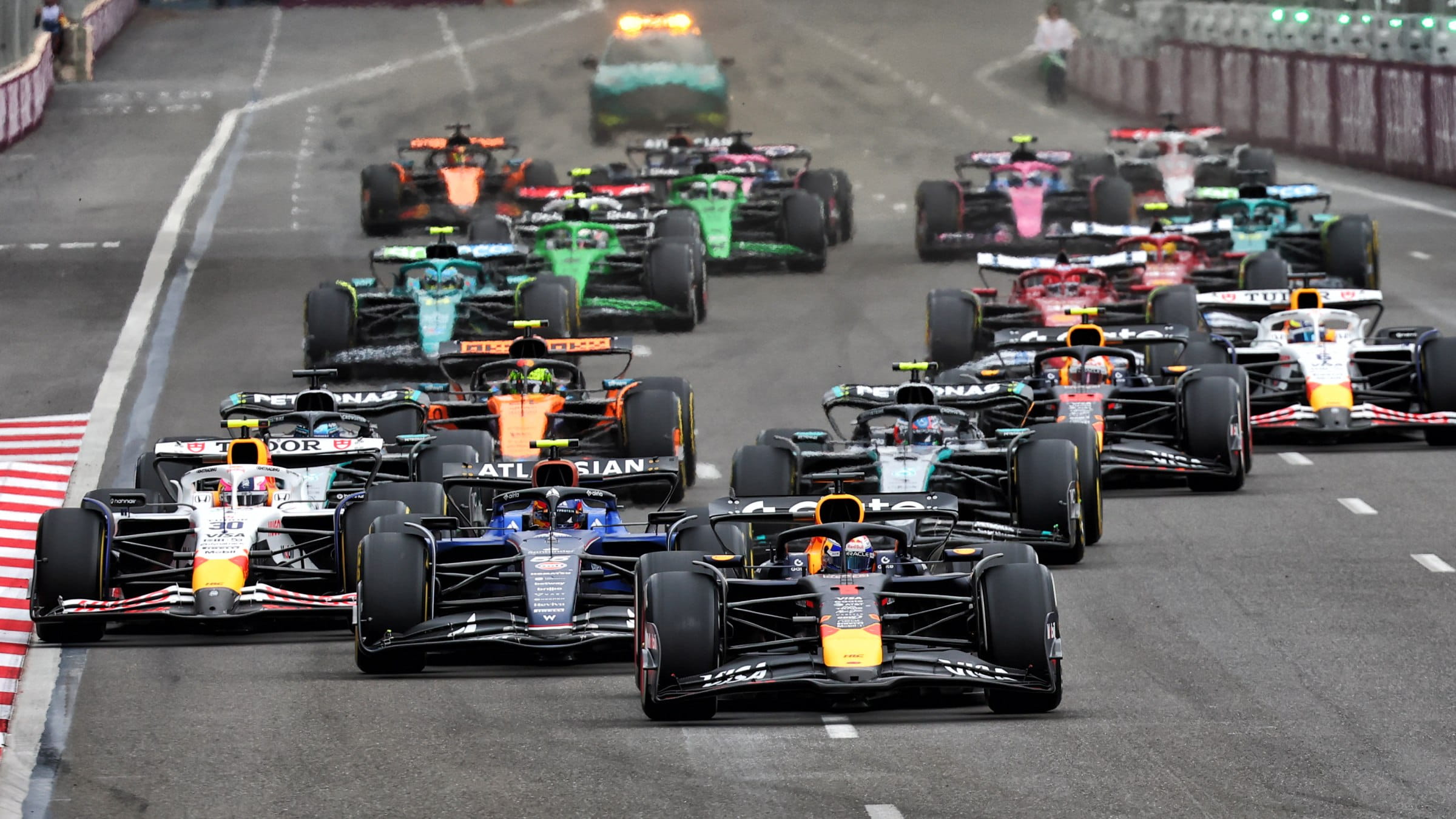
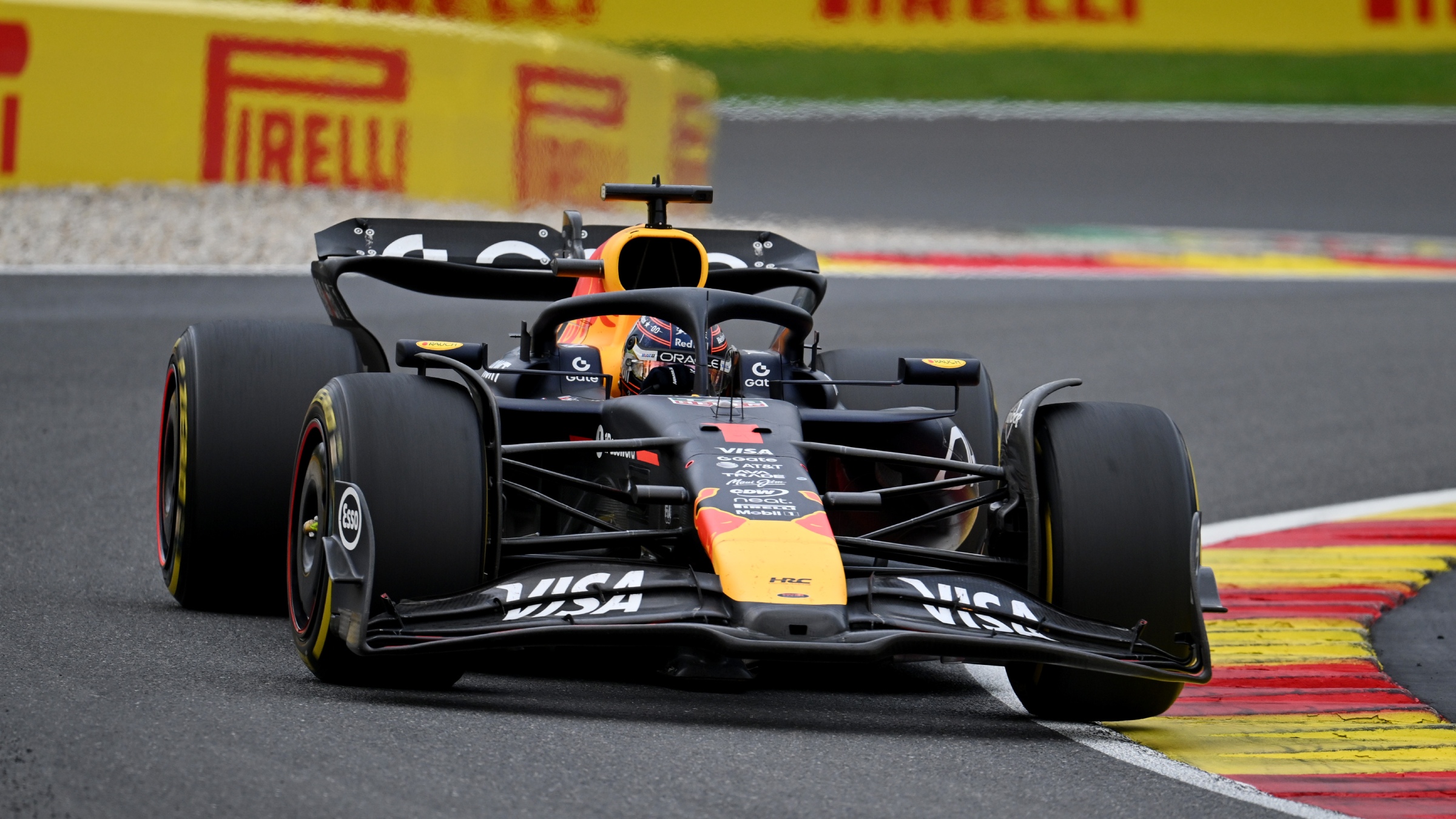
.jpg?cx=0.5&cy=0.5)
